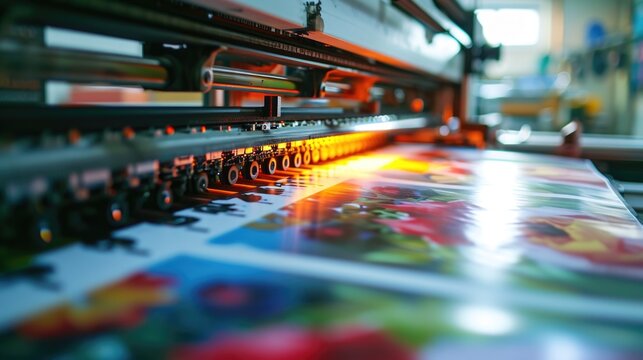In today’s digital world, understanding how to make an image higher resolution is essential for anyone who wants to maintain the quality of their images for personal or professional use. Whether you are a business professional or a hobbyist, having high-quality images is crucial. The journey begins with grasping the concept of image resolution.
The term ‘resolution’ pertains to the amount of detail an image holds. Higher resolution means more image detail. For professionals, including business owners, photographers, or graphic designers, knowing how to enhance image resolution can be tremendously beneficial in presenting work that stands out from the rest.

Understanding the Basics of Image Resolution
What is Image Resolution?
Image resolution refers to the number of pixels within a digital image. Pixels are tiny squares of color that you see on a screen or print. The more pixels an image has, the higher its resolution and the more detailed it will be.
Why is High Resolution Important?
Having a high-resolution image is important for several reasons. It ensures that images look sharp and clear whether displayed on a screen or printed. For business professionals aiming to create a good impression through their visual content, such as printing business cards, the clarity and richness that high resolution provides are invaluable.
Techniques to Increase Image Resolution
Upscaling with Image Editing Software
The most common method to increase image resolution is using image editing software such as Adobe Photoshop or GIMP. These tools allow users to ‘upsample’ images, which means adding pixels to increase the image size and improve its detail. With today’s technology, many of these tools come equipped with AI enhancements that can fill in details almost imperceptibly.
Using Online Tools
If you don’t have access to professional software, several online tools can help improve image resolution. Websites like UpscalePics, Let’s Enhance, and AI Image Enlarger offer online services that utilize advanced algorithms to increase resolution effectively.
Maintaining Quality During Resolution Enhancement
Choosing the Right Format
Selecting the correct image format is vital. Formats like PNG or TIFF are preferable when maintaining quality is crucial, as they support higher color depths and are losslessmeaning no quality is lost during editing.
Ensuring Compatibility with Printing
For those who are enhancing images for print, such as printing labels, ensure the DPI (dots per inch) is set correctly, commonly at 300 DPI for high-quality prints.
Common Challenges in Image Resolution Enhancement
Dealing with Pixelation
As you increase an image’s size, you might encounter pixelation, where the image appears blocky. Using AI-based tools can help smooth out details and reduce this effect.
Balancing File Size and Quality
While increasing resolution improves quality, it also increases file size. Consider the storage and processing capacity of the devices you use and the intended medium for sharing or printing the image.
Technological Advances in Resolution Enhancement
AI-Powered Tools
Recent advances in technology, especially AI, have provided powerful tools for enhancing image resolution. These tools can intelligently predict missing pixels, resulting in improved images.
Future of Image Resolution Enhancement
The future looks bright with machine learning technologies continuing to evolve, offering even more sophisticated techniques for enhancing image resolution.
Conclusion: The Impact of High-Resolution Images
Enhancing image resolution is not just about clarity; it’s about professionalism and impact. Whether utilized in digital campaigns or printed on print-on-demand businesses, a well-defined image makes a significant difference.

FAQs
What is the best image format for high resolution?
PNG and TIFF are among the best formats for maintaining high quality because they are lossless.
Can image resolution be increased indefinitely?
No, increasing resolution is limited by the amount of detail originally present in the image. Using AI can add artificial detail but with limitations.
Are online tools as effective as desktop software?
Online tools are increasingly effective, especially those using AI. However, desktop software offers more control and features for professional use.






